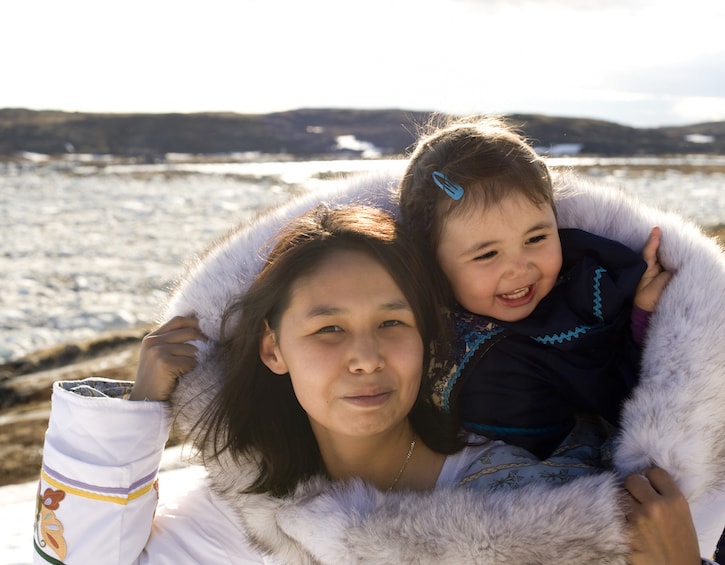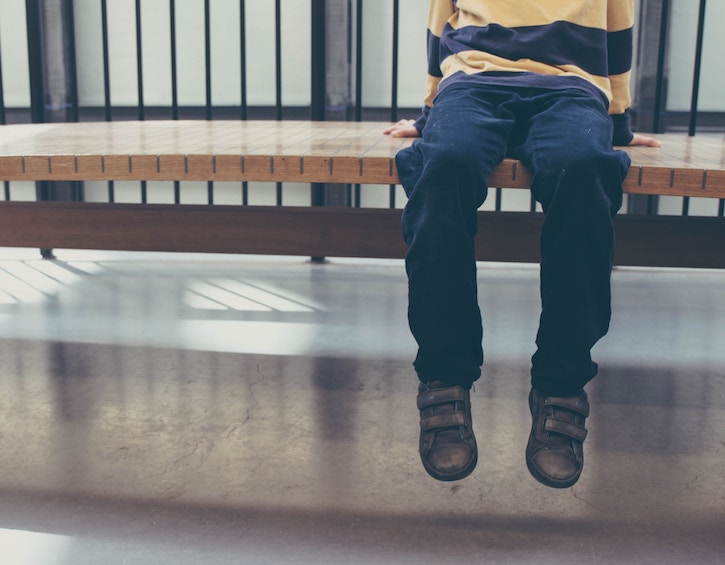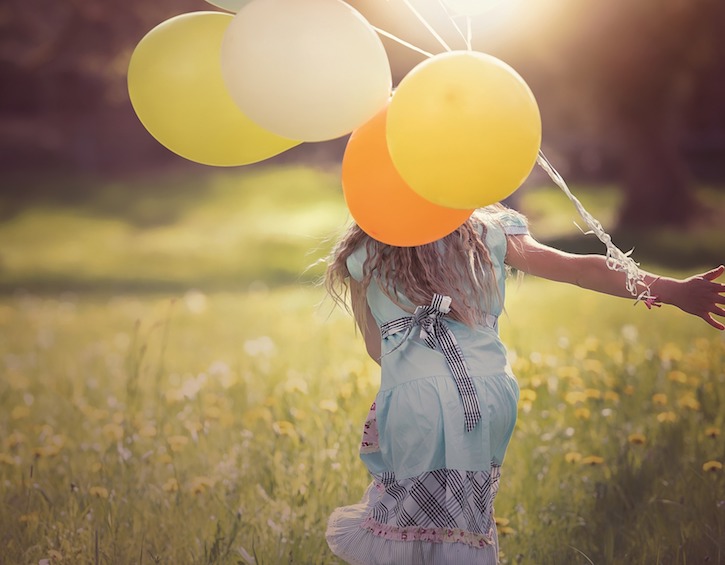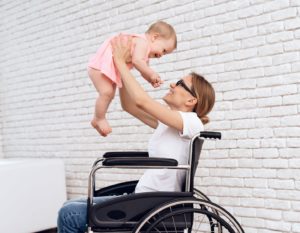
Explore the parenting methods of other cultures to help your child better handle their emotions.
In recent years we have come to look upon raising emotionally-healthy children as if it were the product of a special dietary regime. One that includes the right proportion of love, security, educational toys and of course suitable friends. However important these ingredients may be, more important is modelling, experience, responding to situations, empathy and limit setting in a continuous effort to maintain the balance between our child’s inner emotions and needs with the world’s (parental) demands on them.
Children learn emotional regulation skills from us, which mean they learn from what we do and not always what we say! So perhaps think twice before flying off the handle when something doesn’t quite go your way. So how do we raise emotionally balanced children? And what if there was a way to guide our little ones onto a path of smoother emotional communication, without teaching them to act out?
Read more: Does Your Childhood Affect How You Parent?

If The Inuit Don’t Yell At Their Children, Why Do We?
No culture values emotional regulation more than the Inuits (indigenous people of northern Canada and parts of Greenland and Alaska), which are among those with the gentlest parenting cultures in the world. In fact, they rarely (if ever!) yell at their children. They view scolding, or even speaking to children in an angry voice, as completely inappropriate. The short answer is that, generally, we yell at our children when we feel overwhelmed, stressed or angry. Our news reports are dominated by expressions of unhappiness and frustration, and we live in a culture that increasingly celebrates conflict and takedowns.
Living in Hong Kong makes us especially susceptible to stress. Small apartments, long working hours, high rents, expensive schooling and, for some, a language barrier all create a near-perfect environment for overwhelming an individual and decreasing their capacity to manage stress. It’s no wonder we shout at our children when we are so stressed out!
While we all know that getting frustrated with your toddler is normal (let’s be honest, we all lose it occasionally) the question is, is it healthy? Are our tried and tested methods of time outs, forcing our children to say they’re sorry, or screaming our lungs out really as effective as we think? Or can we learn a thing or two from the Inuits?
Setting Limits On Children’s Behaviour Does Not Mean We Need To Set Limits On How They Feel
It’s important to remember that you cannot actually keep your child from getting upset or angry, whether you “allow” it or not. Putting your child on the naughty step to calm down won’t stop them from being upset, it will just give them the message that they need to learn to deal with those big scary emotions all by themselves. Given that they haven’t learnt any healthy coping skills yet, the only way they know how to deal with emotions is by shutting them down completely. We are essentially teaching our children that emotions are bad and should not be expressed. When we repress emotions, we are no longer in control of them, which causes emotional dysregulation (the complete opposite of what we are trying to achieve!).
Read more: Parenting The Terrific Twos: Navigating The Toddler Years

Three Ways To Help Your Child Learn To Regulate Their Emotions
 Model Healthy Emotional Regulation
Model Healthy Emotional Regulation
Kids learn emotional regulation from us, so we need to learn to manage our own emotions before we react to our child’s behaviour. Our children are almost always watching us and the way we react to situations. How you respond to stressors in your daily life is the biggest predictor of how your child will manage their emotions later on. When we yell at a child or even threaten them with something like, “I’m going to get very angry with you if you don’t…,” we’re teaching our children that yelling solves problems and is an appropriate response if someone doesn’t do what they want.
Action Point: Before you walk through the door after a busy day at work or running an errand, think of a 10-point scale where 10 is the highest stress level and 1 is the lowest stress level.
- Where are you on that scale?
- What can you do before you enter the house to bring your stress levels down from a 6 to a 4?
The lower you can bring your stress level down, the more you will be able to tolerate whatever is thrown at you as soon as you set foot in the house. Remember, cool-headed adults lead to cool-headed children.
 Empathy Leads To Resilience
Empathy Leads To Resilience
Empathy is a strength and an asset in helping us survive and thrive in any environment. Jean Briggs, who lived with an Inuit family for 17 months, tells the story of witnessing a mother playing with her toddler on a stony beach. The mother was repeating, “Hit me! Go on. Hit me!” She then observed a little boy, about 2 years old, pick up a pebble and throw it at his mother, who merely exclaimed “Oooow. That hurts!” When Briggs questioned the mother’s motives in allowing her child to purposely throw rocks at her, she responded that it was to teach him that things you do hurt other people. The Inuit believe that when little kids get angry and throw tantrums, it’s not to push our buttons (although it can really feel like it!), it’s that they are genuinely upset about something and it’s our job as adults to figure out what that is.
Try and put yourself in your child’s shoes and see the situation through their eyes. The next time they hit or bite you, tell them that it hurts you – don’t jump straight to yelling or limit setting. Helping your child develop empathy can go a long way and is a strong predictor of their resilience levels. Children who understand and practice the concept of empathy don’t take their setbacks personally. They understand that things aren’t going their way but know there are other perspectives that are different from theirs and therefore don’t interpret things as a personal attack on them.
Action Point: The next time your toddler has a tantrum try and avoid using “fix it” phrases like “what I need you to do is…”. Communicating that you understand what they are going through is key, so instead try and be more reflective and put words to what they are feeling, such as:
- “It sounds like you….”
- “I can see that you are….”
Read more: Transitioning From Tweens To Teens And How You Can Help

 Limit Bad Behaviour But Make Sure To Create A Safe Space For Emotional Expression
Limit Bad Behaviour But Make Sure To Create A Safe Space For Emotional Expression
We all worry about our children’s ability to control their emotions. We don’t want to give in to tantrums or be working overtime to soothe our children when they get upset or act out. This is where limit setting is important, and sometimes children need to be told “No”.
It’s important to remember though that children don’t get dysregulated because we “allow” their emotions. They get dysregulated when they need to express an emotion but can’t. So, instead, they “act (it) out.” When a child doesn’t express their emotions in a healthy way, it is not because they are being a “bad or difficult child” (as they are so often labelled), they simply cannot express themselves in that given moment.
If you are able to respond to your child in a calm and compassionate way, they will eventually feel safe enough to begin to express themselves. You could respond:
- “I can see how mad and frustrated you are, and you can be as mad as you want, but I won’t let you hit your little brother”.
This response gives them room for emotional expression but sets appropriate limits on their behaviour. Children have all kinds of very big “it’s the end of the world” types of emotions, as the parts of the brain that help them control those emotions hasn’t completely developed yet. So be patient with your child and help him or her to navigate through these emotional tidal waves without punishing them for trying to express themselves in the only way they know how.
Action Point: Think back to times your toddler has previously acted out.
- What could you have said or done differently to promote freedom of expression, whilst still setting appropriate limits for safety?
- Remember to guide behaviour, but resist the urge to punish unless necessary.
Taking care of your child’s emotional health may seem like a daunting task. The key is to take care of your own emotional health first, which deserves just as much time and attention as your physical health, only then will you be equipped to set a good example to your little ones.
Read more: How To Talk To And Treat Your Children With Respect
Editor’s note: This article was originally published in July 2019 and updated in August 2020.
 View All
View All











 View All
View All





 View All
View All


 View All
View All















